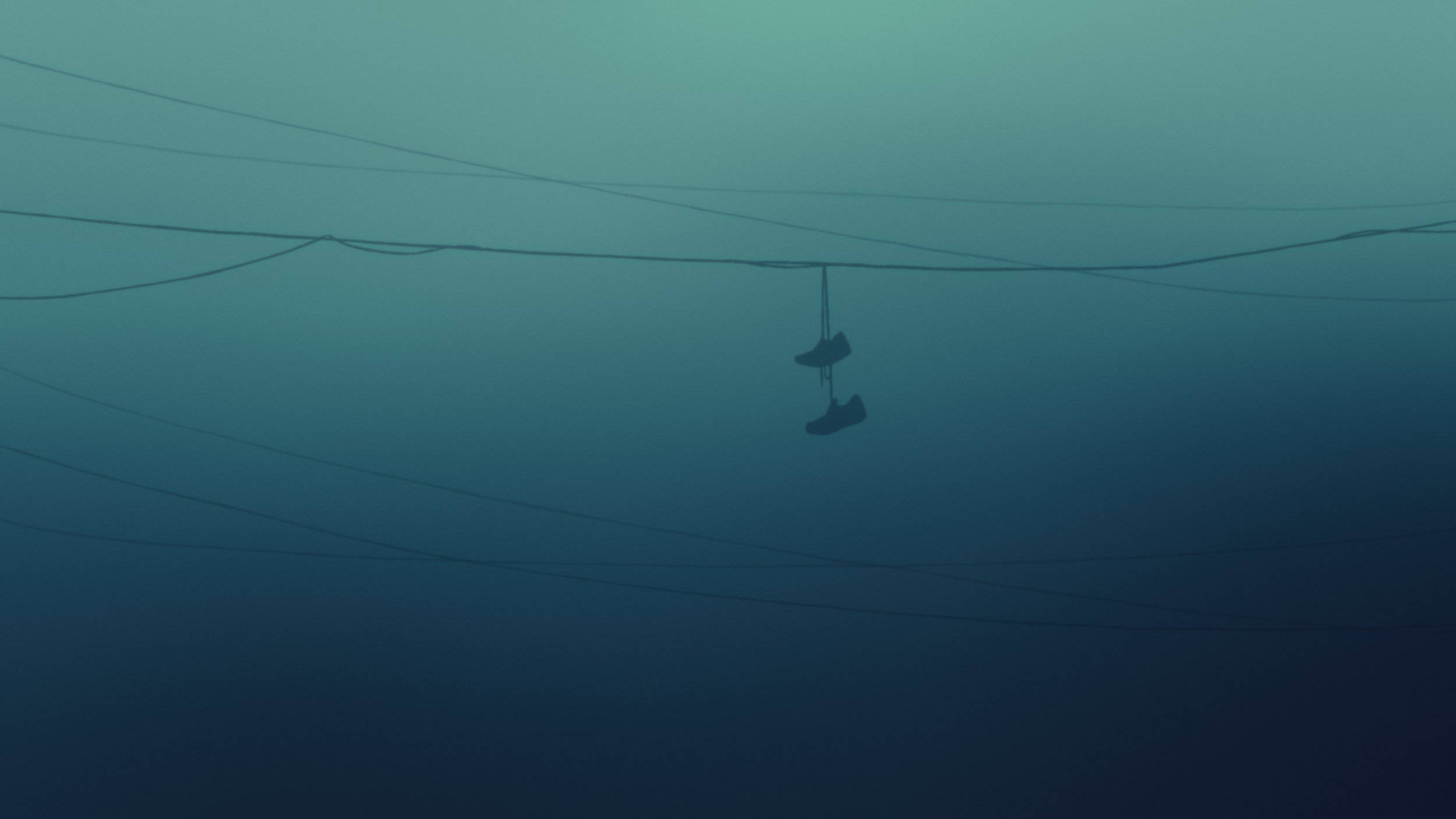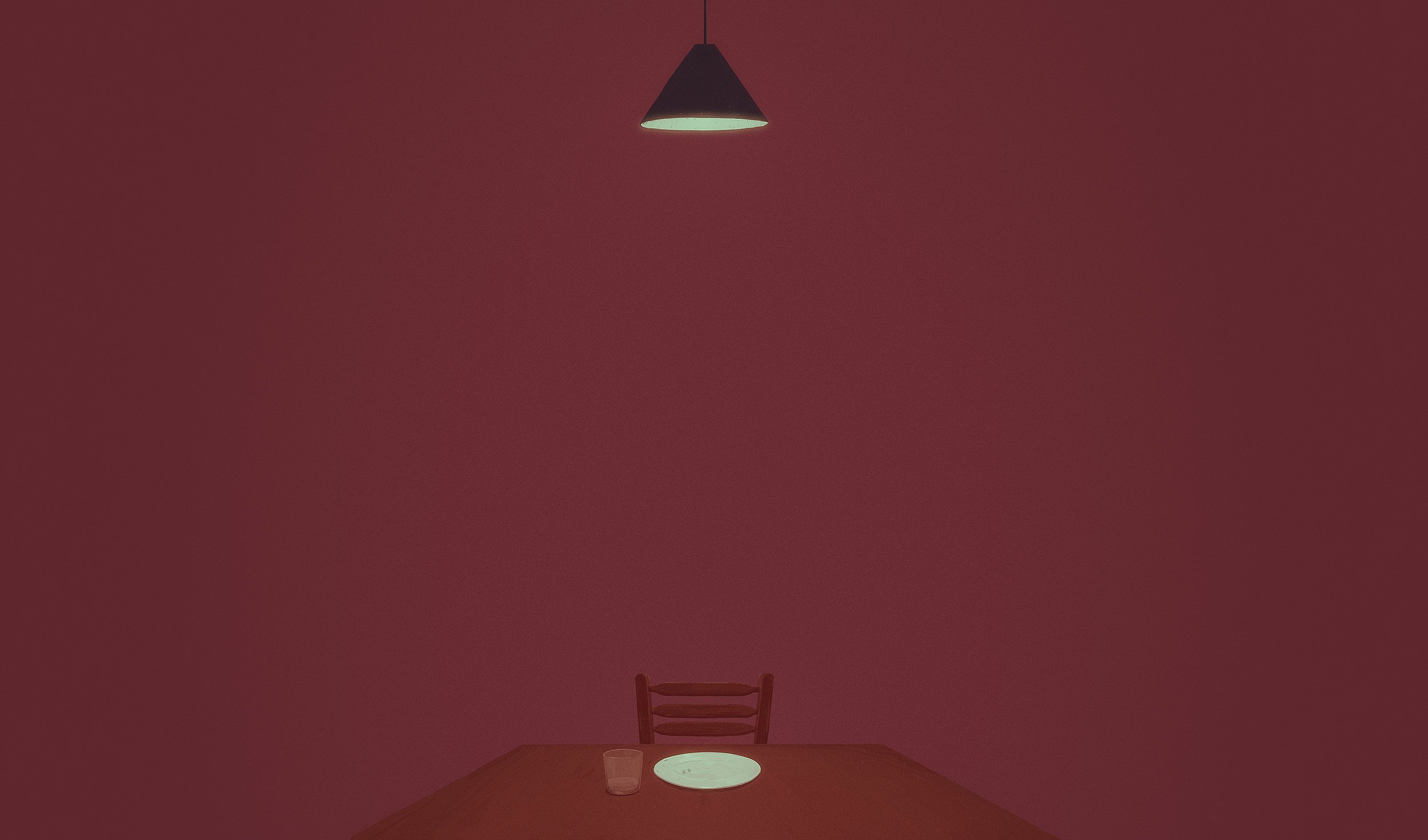
It’s Nice in Here
A fragmented portrait of a moment, a person, and a place, seen through the subjective memories of a young girl, Imani, and a rookie police officer, David, who both have wildly different recollections of the same fateful moment in a corner store that will leave their lives altered forever.
It’s Nice in Here is a short animated film that paints a fragmented portrait of a young boy called Crimson, named after the color of the hoodie he always wears. We follow him and his best friend as they make their way to a corner store. When a young police officer gets a call regarding a possibly dangerous altercation that the two youngsters might be involved in, he rushes to the store and enters the site with his gun already drawn. They now find themselves in a situation we have unfortunately seen play out countless times.
The plot is a deliberately simple one, but the way the story is told and structured is where we start discovering the nuances and complexity of the story. Everything we see is told and processed through the tainted and entirely subjective points of view of Crimson's best friend, Imani, as well as that of David, the police officer. Their memories contradict each other, they intersect at points, and at others completely take a life of their own. Which of these truths are we more likely to believe?
The film becomes an exploration of how stories surrounding police brutality get told, what points get conveniently forgotten, and how those who don’t make it out alive get remembered. With two opposing narratives being presented, we are reminded that we are constantly swimming in a carefully curated reality where we have to question our biases in order to reach a version of the story that rings most true to us.

Imani
Imani is an observant and precocious 12-year old girl who has been best friends with Crimson for as long as she can remember. She sees things in him only a few people do; his kindness, his sense of wonder, and his sensitivity. She calls it his magic and vows to protect the softness within him that only she is privy to.
David
David is a 27-year old police officer trying to survive his first year on the job. He’s having a tough time adjusting to his graveyard shift and is witnessing things slip out of his control; spending less quality time with his family, and feeling more worn out as the days turn into weeks, turn into months, turn into forever.

Specs
Run time: 15:40 min
Technique: 2D animation
Language: English
Aspect Ratio: 1.85:1
Frame rate: 24 fps
Audio: 5.1
Available on: DCP - ProRes - H264

While defining the look and feel of the film, we knew that animation could offer us the possibility to use different visual styles to emphasize how each character is looking at the world through their own unique lens. This also came with its challenges, wanting to make each perspective feel different enough, while maintaining a sense of cohesion.
Imani’s perspective feels like a warm and intimate dream, since she remembers Crimson in a loving way, while David’s memories feel a lot colder and more distant, as if he is trying to remove himself and his actions from the fatal incident that he’s still trying to find a justification for.
We also embraced simplicity and subtraction in order to simulate our selective memories. By eliminating superfluous elements, we’re learning more about the headspace of the characters, as every object that we see in the background is meaningful enough to remember, or at times, to forget.
Just as with the visuals and the sound design, the score of It’s Nice in Here, composed by Federico Solazzo, was approached in a similarly conceptual way, where each perspective has its own distinct and thought-out profile. We knew that the music needed to feel unmistakably tied to the headspace of the characters, while remaining organic enough for it to still feel like a memory.
Imani’s perspective feels nostalgic and dreamy, using light and minimal sounds that feel as if we’re finding ourselves in a hazy, yet comforting dream. There’s a childlike naivety to her perspective, which lulls us into a false sense of security.
David’s perspective sounds the opposite. The heavy and distorted instruments feel like his guilt weighing him down everywhere he goes. Around every corner, there’s a sense of dread and impending doom that’s following him around.
Several months of discussing, experimenting, composing, refining, and mixing, has resulted in a powerful interplay between sound and image. Every moment in the film, up until the last second, is strengthened by Federico’s incredible score. There’s moments of joy, grief, tension, and liberation that beautifully melt into each other like a memory.
-

Robert-Jonathan Koeyers
Writer/Director
Robert-Jonathan Koeyers (Curaçao, 1992) is a multidisciplinary artist and filmmaker based in Rotterdam. Throughout the years he has been using film, photography, animation, music, and other mediums to help turn his stories into deeply personal projects that aim to unpack how his cultural identity has shaped and molded him into the person he is, and that aim to explore how the lived experiences of Black people can be told in an authentic and vulnerable way.
Art Director
Claire Sebring
Lead Animators
Brontë Kolster
Basak Kirici
Lok Thong Siu
Julia Peelen
Claire Sebring
Robert-Jonathan Koeyers
Composer
Federico Solazzo
Score Mixing
Davide Ruffini
Sound Design
Rik Nieuwdorp
Producer
Richard Valk
Production Assistant
Eline van Hagen
Nohely Koeyers
Additional Animators
Sohaib Bouaiss
Teodora Simon
Mischa Penders
Jasmine Wijnsouw
Noa Mac Donald
Jennifer Kimberly de Ruiter
Imani
Anka Ferris
David
Henry Brinkerhoff
Interrogator
Kevin Strickland

Upcoming Screenings
05.06.23 — Festival Internacional de Cine en Guadalajara (CINETECA, Guadalajara)
07.06.23 — Animafest Zagreb (Theatre &TD, Zagreb)
























































